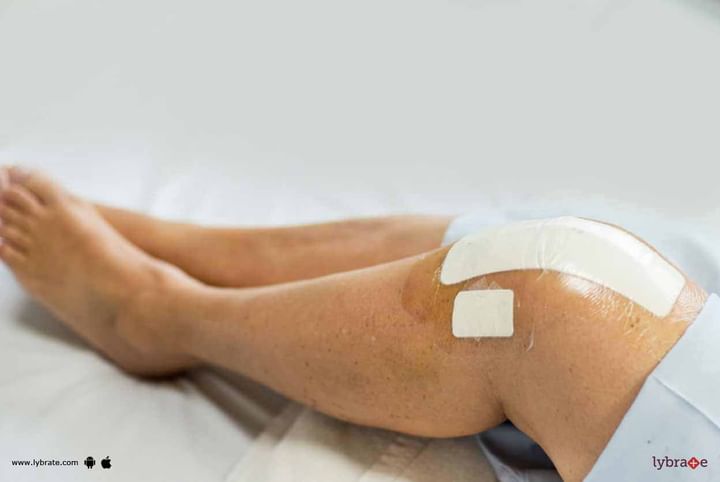Know How To Avoid Total Knee Replacement!
Nowadays, total knee joint replacement is a very common surgery for old age persons. As we all know, with the ageing process, our bone and joint degenerate which leads to pain. With increasing age, this degeneration of joint keeps on increasing and so the pain. We Indians, generally have the tendency of ignoring joint pain unless the pain adversely prevents them from carrying out their day to day activity.
A patient should consult a knee surgeon way before his/her knee gets damaged to a great extent so that a total knee joint replacement could be avoided by carrying out knee preserving surgeries. There are many knee preserving surgeries like high tibial osteotomy and unicondylar knee surgery which can be done in early osteoarthritis. If these procedures are done at a suitable time total knee joint replacement can be delayed as well as avoided.
Here are the 5 critical symptoms or signs that should never be ignored and immediately get addressed by a joint replacement surgeon.
1. Recurrent Severe Knee Pain: Not all knee pains validate the need for a knee surgery. But if the knee pain becomes sever even by doing basic activities like -
-
Standing up after sitting for a long time
-
Standing for more than 10-15 minutes
-
Climbing up/down even a few stairs
-
Pain due to movements in bed while sleeping
-
Stepping in/out of a car or bus
And the pain does not go away even after taking painkillers and icing, it is very much possible that your knee joint bones have suffered irreparable damage and might require surgical intervention. An x-ray might show the extent of damage, based on which a knee surgeon can suggest the treatment protocol.
2. Stiffness or Limited range of Motion: Stiffness in joints is normal as human body ages. As the body ages, the ligaments and cartilages tend to wear out. They keep the joints lubricated and avoid friction between the bones. As they deteriorate, the friction between joints and stiffness increases while the range of motion gradually reduces. If this increased stuffiness is preventing a person from walking, sitting cross-legged, accompanied by aggravating pain, chances are you might need to consult an orthopedic surgeon.
3. Deformity: In osteoarthritis of knee joint, there is in bowing or out bowing of the knee joint which is very obvious when we stand in front of a mirror with our exposed knee joint. This deformity causes point loading on cartilage which further aggravates the disease.
4. Gait change: Change in the alignment of the knee joint causes typical changes in person gait (walking style).
5. Instability: The weakening of ligaments and stiffness in joints generally leads to instability of the knee. It’s a bit difficult to identify & explain. However, if you get the feeling that your knee might give away and you might fall while trying to do basic activities, you should immediately get consultation from a doctor. If untreated, the feeling can turn into actual fall. This cannot only affect the knee but cause other problems like fracture of other bones as well.
What if one continues to live with these signs: The beauty of the human body is that it tries to adapt itself based on the changes in the body. If the signs highlighted above are only present in one leg and if it is left untreated, the body will try to shift its weight to the better leg. Needless to say, this will make matter worse for the second leg and the problem which could have been treated by knee preserving surgeries like high tibial osteotomy and unilateral total knee replacement (single leg), might now need a bilateral total knee joint replacement. This is very important to notice that even if total knee joint replacement is done at a proper stage of disease (means with fewer deformities and less bony defects) the results of this joint replacement is far better than one which is done in advanced diseases with severe deformities and lots of Bony defectst.
Why consult for Knee replacement?
Not all patients need to undergo Total Knee Replacement Surgery. If the knee damage is caught early on, only the realignment surgeries (that is high tibial osteotomy) will work and sometimes only the damaged part of the knee can be replaced (Unicondyler knee), and the person can have a more comfortable life. Partial knee replacement surgery gives freedom to a patient to perform all activities which he was doing earlier. There are absolutely no restrictions of movements after partial knee replacement surgery. A feeling of natural knee and movement is an advantage of partial over total replacement.



+1.svg)
